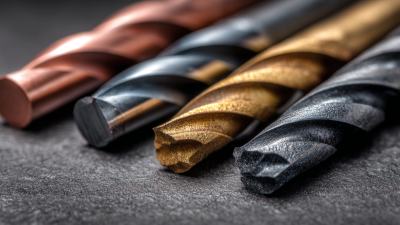
2025 Top 10 Reamer Drill Bits for Precision and Performance
In the competitive landscape of the drilling industry, precision and performance reign supreme, particularly when employing the right tools for specific tasks. Among these tools, the Reamer Drill Bit stands out as a critical component in enhancing the accuracy and efficiency of drilling operations. According to a recent report by MarketsandMarkets, the global drill bit market is projected to reach over $13 billion by 2026, with significant growth attributed to advancements in drilling technologies and increasing demand for precision tools across various sectors such as oil and gas, construction, and mining.
The importance of selecting the appropriate Reamer Drill Bit cannot be overstated. With a multitude of options available, understanding the distinctive features and performance parameters of top models is essential for professionals seeking reliability and effectiveness in their operations. The latest industry analysis suggests that advances in materials and designs have significantly improved the operational lifespan and cutting efficiency of these drill bits, thereby reducing overall project costs and increasing productivity. This guide will explore the top 10 Reamer Drill Bits of 2025, providing insights into their features and benefits for professionals committed to achieving the highest standards of precision and performance in their drilling endeavors.
Read more »

 By:Ethan - November 21, 2025
By:Ethan - November 21, 2025
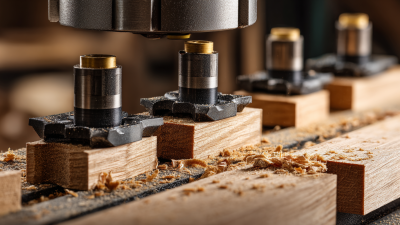
 By:Aiden - November 14, 2025
By:Aiden - November 14, 2025

 By:Lila - November 10, 2025
By:Lila - November 10, 2025

 By:Aiden - October 27, 2025
By:Aiden - October 27, 2025
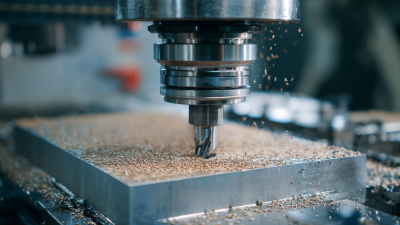
 By:Lila - October 21, 2025
By:Lila - October 21, 2025
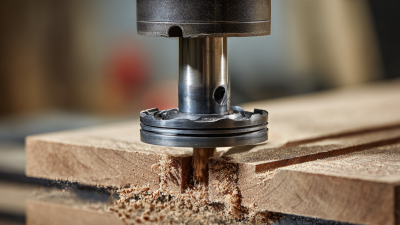
 By:Lila - October 8, 2025
By:Lila - October 8, 2025
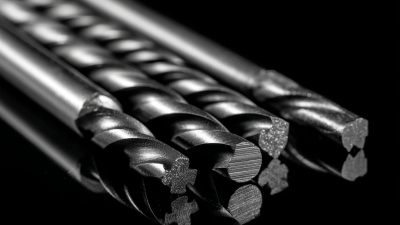
 By:Lila - October 4, 2025
By:Lila - October 4, 2025

 By:Ethan - September 25, 2025
By:Ethan - September 25, 2025

 By:Lila - September 20, 2025
By:Lila - September 20, 2025

 By:Ethan - September 15, 2025
By:Ethan - September 15, 2025

 By:Ethan - September 11, 2025
By:Ethan - September 11, 2025

 By:Lila - September 7, 2025
By:Lila - September 7, 2025

 By:Ethan - September 3, 2025
By:Ethan - September 3, 2025
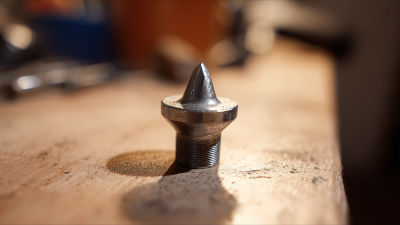
 By:Aiden - August 25, 2025
By:Aiden - August 25, 2025
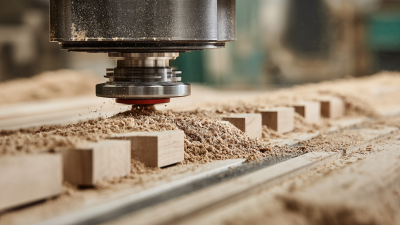
 By:Lila - August 20, 2025
By:Lila - August 20, 2025